Acceleration (0 - 100 km/h)
5 Seconds
Top Speed
120 km/h
Fuel Cell Power
8.2 kW (11 hp)
Boost Power
28 kW (38 hp)
Weight
250 kg

Forze II.
Improvement of performance.
After the successful introduction of the Forze I in 2008, the team was determined to improve the performance of its predecessor and make it more sustainable. This was done by making the whole system lighter, more efficient and by improving the handling of the vehicle. A major change of the vehicle was the development of a bio-based bodywork which consists out of sustainable materials.
The Forze II was developed to participate at the Formula Zero Championship and was unveiled in the Summer of 2009. Even though the system of the vehicle was improved on many aspects and a significant increase in performance was achieved, the Forze II was not reliable enoug to be a serious contestant for the Championship. However, a strong basis had been created for a sustainable and promising future.
Like its predecessor, the Forze II was developed and build on a custom made go-kart chassis which was improved on several aspects. The bodywork of the Forze II has been fully designed in accordance with the Greenchoice Forze Vision. It consists out of a fast and attractive design which has been produced by using sustainable materials. The bodywork composite is made out of a combination of flax fibers and bio-resin. It has been specially developed by DSM and is 70% biodegradable. Another major change is the number of boost caps which has been increased to provide 8kW of extra boost.


Achievements.
During its second year of the Formula Zero Championship, four independent races have been held at the circuits of the participating teams, named the Home Grand Prix. The first race was held in England and good results were obtained by the Forze II. However, due to failure in its electronics, the Forze II was not able to compete during the main race.
After a short break, the team had to prepare the Forze II for the second race which was being held in the Netherlands. Due to a lack of time, the team could not repair the DC/DC converter and was therefore not able to participate at the race.
After days and nights of hard work, the team repaired the Forze II and was able to participate at the race in Belgium. The Forze II was performing well and the obtained lap times in the sprint race resulted in a second place. In overall, the team finished on the third place due to a few errors in the fuel cell system.
Not being able to resolve all problems, the team travelled to Spain to compete in the last race of the Championship and finished on the third place respectively. Even though the Forze II did not meet high expectations, another strong basis had been created for a sustainable and promising future with the developments of its second year.


